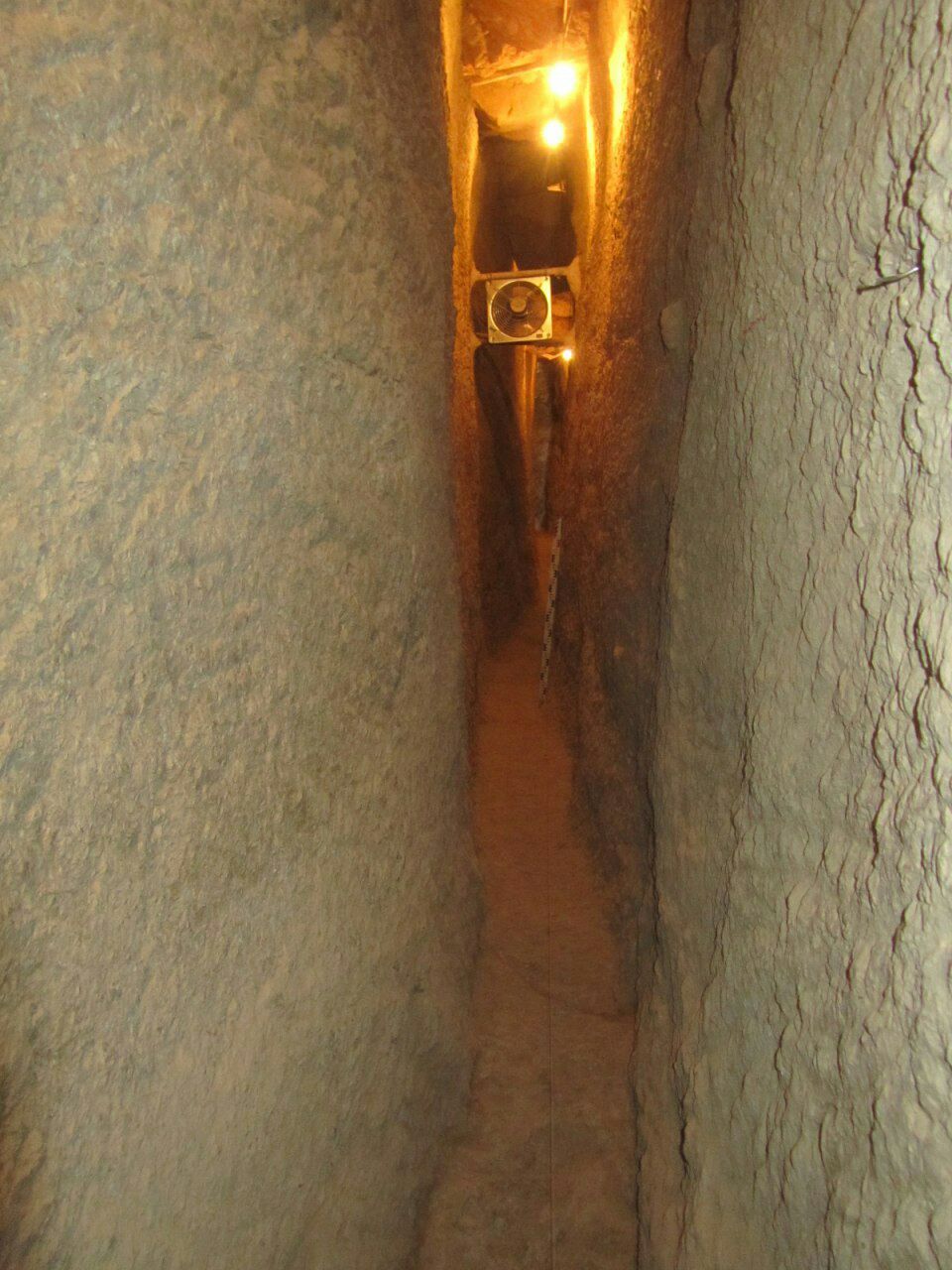
The Public Relations Office of the Research Institute of Cultural Heritage and Tourism (RICHT) quoted Ahmad Ali Assadi, head of the team to explore waterways of the Persepolis while announcing this on Monday as saying the aim of the third season of exploration of waterways in the Persepolis was to continue exploration of the waterway in the southern yard of the Tachar Palace, identification of the status of the waterway compound of the unfinished gate, and identification and unearthing some part of the wall of the Persepolis that due to the dirt caused by the previous excavations half of the southern side of the royal court had been buried under a pile of soil.
The waterway is for discharging the water in the roof of the main hall and the southern porch of the palace, adding that a third waterway is in the southern yard of the Tachar Palace and was used for discharging waters in the mentioned yard, he said.
Referring to the identification of the two sides' branches of the waterway, Assadi said: “One of these branches by continuing towards the northwest of the Tachar yard runs under the Tachar Palace and had been used for the disposal of the water in the roof of the southern porch of the palace.”
Continued work in the southern branch of the Tachar yard could offer new understanding of the status of the waterways in the southern yard, especially the H Palace, he added.
According to the archaeologist, another branch of the waterways is located in the eastern span of the unfinished gate which runs from the south under the Hundred Column Palace and from the north towards the northern wall of the royal court.
Assadi referred to the canals with about six meters height which are carved in one piece from the mountain rocks and have no regular structure.
The exploration aimed at identifying and unearthing a part of the Persepolis wall from under the soil and announced that the result would be restoring the original shape of the Parse as it stood over centuries,the archaeologist said.
According to him, most of the stone findings were obtained from the workshop in the southern yard of the Tachar Palace and the findings of the southern wall were mainly scattered on the side during previous explorations of the Persepolis.
9376**2050
Follow us on Twitter @IrnaEnglish
 solhkhabar | Peace International News Agency Peace International News Agency , Peace News , International Agency News of Peace
solhkhabar | Peace International News Agency Peace International News Agency , Peace News , International Agency News of Peace